Even if you don’t know his name, you definitely know his work—especially if you’re a classic rock fan. Nicky Hopkins released a few albums under his own name, one full of piano instrumentals, a couple more that were in the mode of a singer/songwriter.
Videos by American Songwriter
But it’s his work as a session man for some of the biggest acts in rock and roll that stands out the most. Here’s a look at five examples of Nicky Hopkins’ keyboard brilliance.
“Revolution” by The Beatles (B-side 1968)
In case you didn’t realize it, the four Beatles handled their instrumentation quite well on their own. When it came to keyboards, Paul McCartney and John Lennon both played well, or if something a bit more ornate was needed, producer George Martin could step in and do it. But when the group decided they wanted a revved-up version of Lennon’s “Revolution” as a B-side to “Hey Jude,” they called on Hopkins to take on the electric piano part. Hopkins delivered a solo that’s indebted to rock and roll legends like Fats Domino and Jerry Lee Lewis, with some jazzier touches thrown into the mix as well.
“Jealous Guy” by John Lennon from Imagine (1971)
Hopkins worked with three of the four Beatles once the group broke up in the ’70s, contributing to huge albums by George Harrison (Living in the Material World) and Ringo Starr (Ringo). But it was his work on this classic from John Lennon’s Imagine that stood out the most from his Fab Four solo work. Legend has it Yoko Ono was always a bit wary of having Hopkins around on Lennon’s sessions because the two tended to like partying together. But what would “Jealous Guy” be without Hopkins’ work, as it arches into ethereal territory while still capturing the sorrow in Lennon’s story?
“Angie” by The Rolling Stones from Goat’s Head Soup (1973)
Hopkins’ most fruitful professional relationship was with the Stones, to the point we easily could have kept this list to just Stones songs, and we still would have ended up leaving out some classics. Although they often used Ian Stewart and Billy Preston as well, the band tended to call Hopkins when they needed something a little bit on the tender side. “Angie” is the quintessential Hopkins contribution to the Rolling Stones’ work. He practically dances with the acoustic guitars of Keith Richards and Mick Taylor, while all three leave enough room for Mick Jagger to emote the sad story.
“Getting in Tune” by The Who from Who’s Next (1971)
When you think of Who’s Next, you probably first recall behemoth tracks like “Baba O’Riley” and “Won’t Get Fooled Again,” songs where the band combined their usual instrumental potency with some nifty synthesizer work. But they also pulled back for a couple that took a softer approach, and they used Hopkins on both of them. His work on “The Song Is Over” is excellent as well, but Hopkins is much more front and center on “Getting in Tune,” from his tender chords in the opening section to his boogeying with the band on the outro.
“You Are So Beautiful” by Joe Cocker from I Can Stand a Little Rain (1974)
Cocker’s biggest hit in the U.S. to date, “You Are So Beautiful” came to life courtesy of several incredibly talented people. Billy Preston, himself a keyboard giant who also worked with The Beatles and Rolling Stones, wrote it with Bruce Fisher. Jimmy Webb came up with the sweeping string arrangement. And, of course, Cocker put every bit of his gruff soulfulness into the vocal. But “You Are So Beautiful” might not have grabbed the attention of the listening public the same way without Hopkins’ chillingly beautiful piano open.
Photo by Scott Whitehair/Fairfax Media via Getty Images


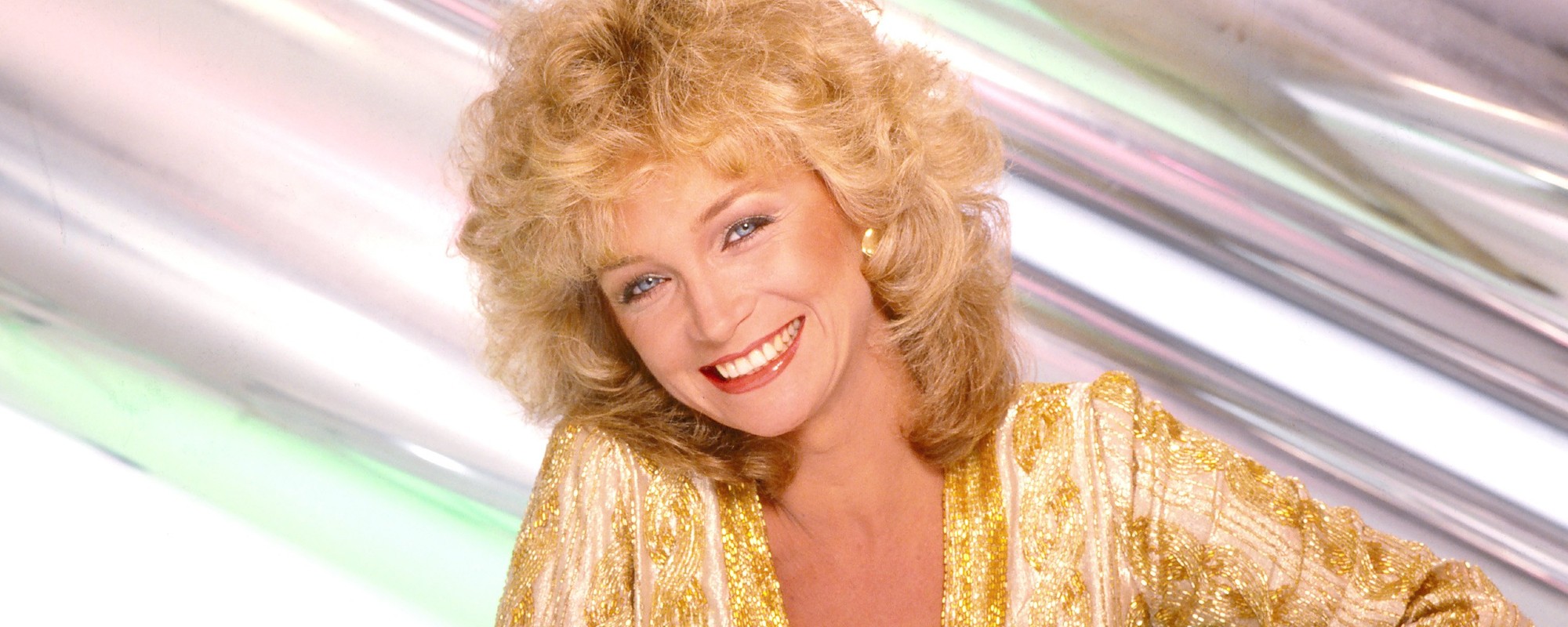
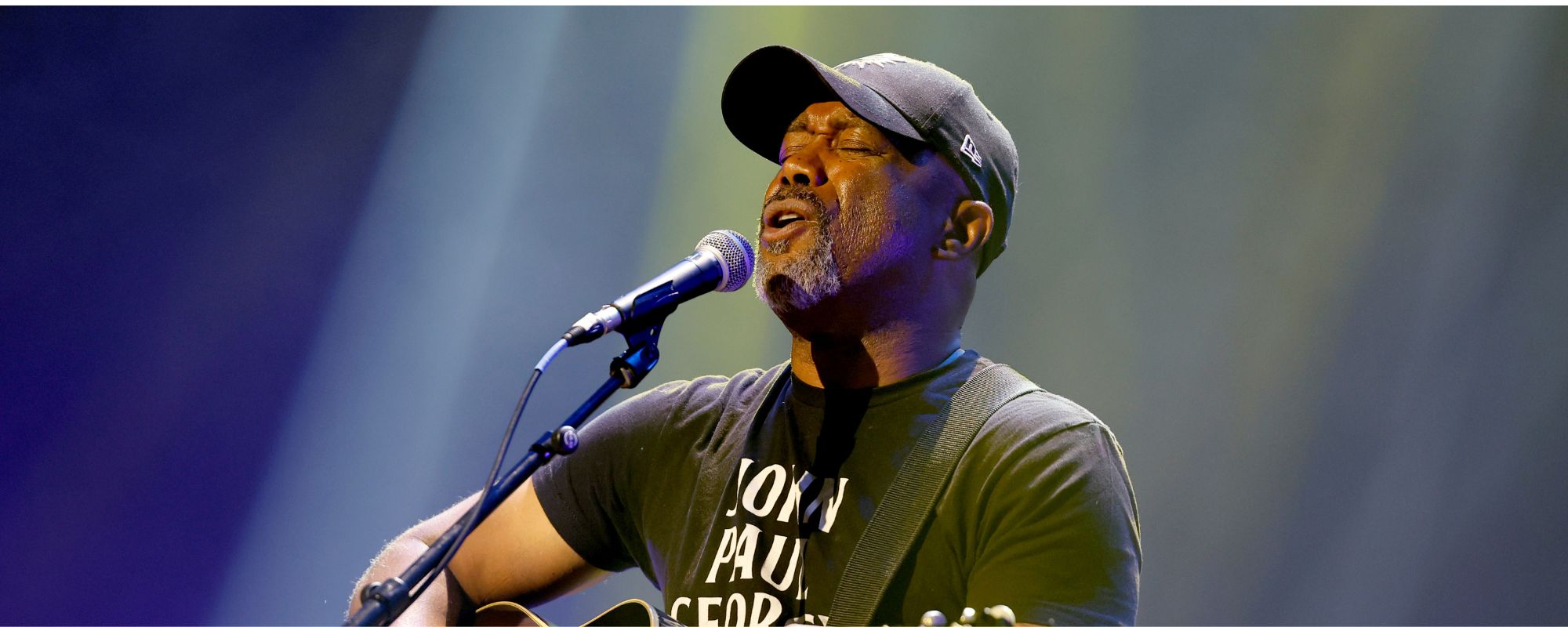
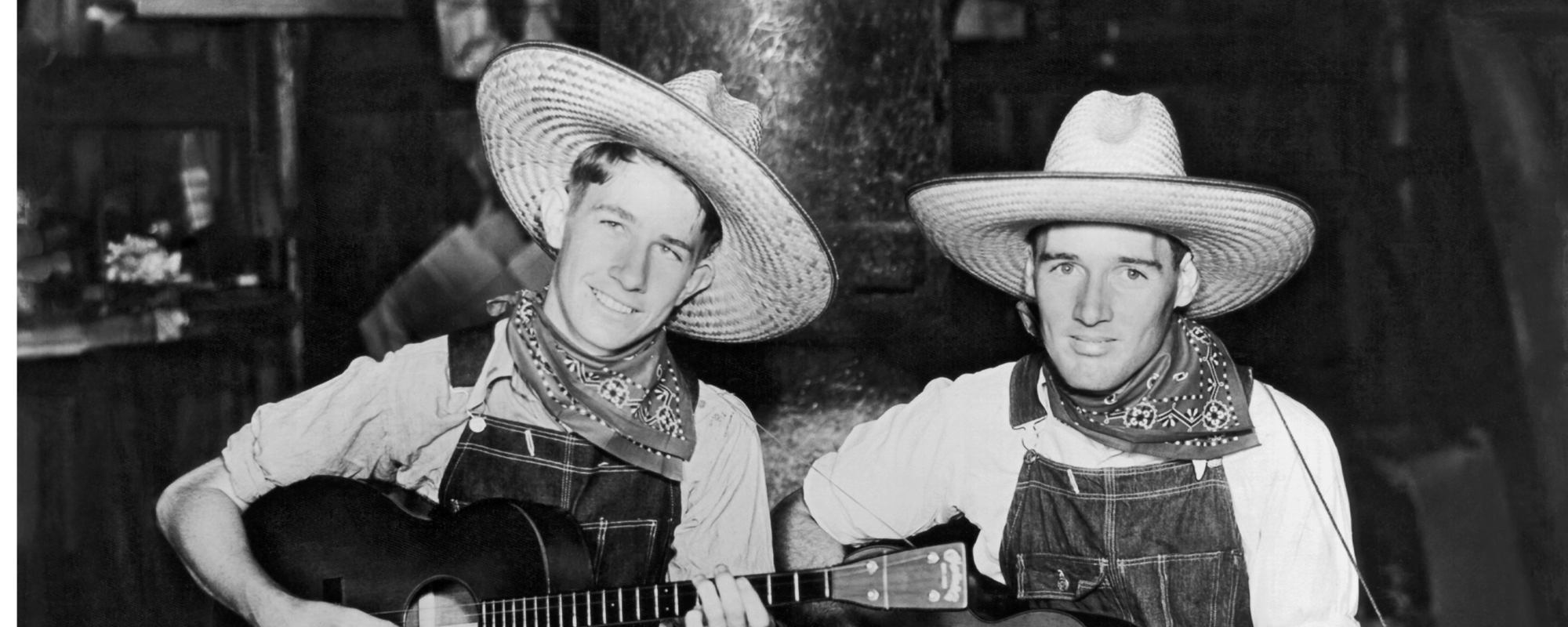
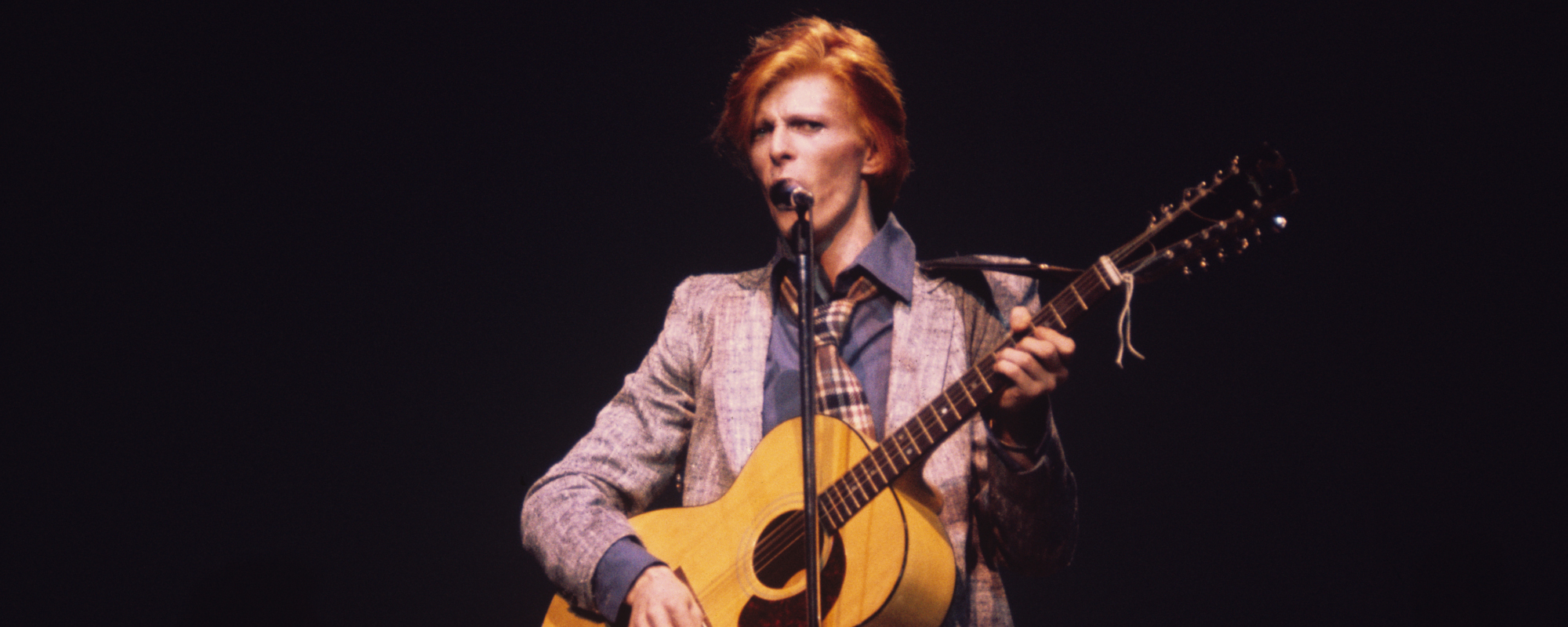


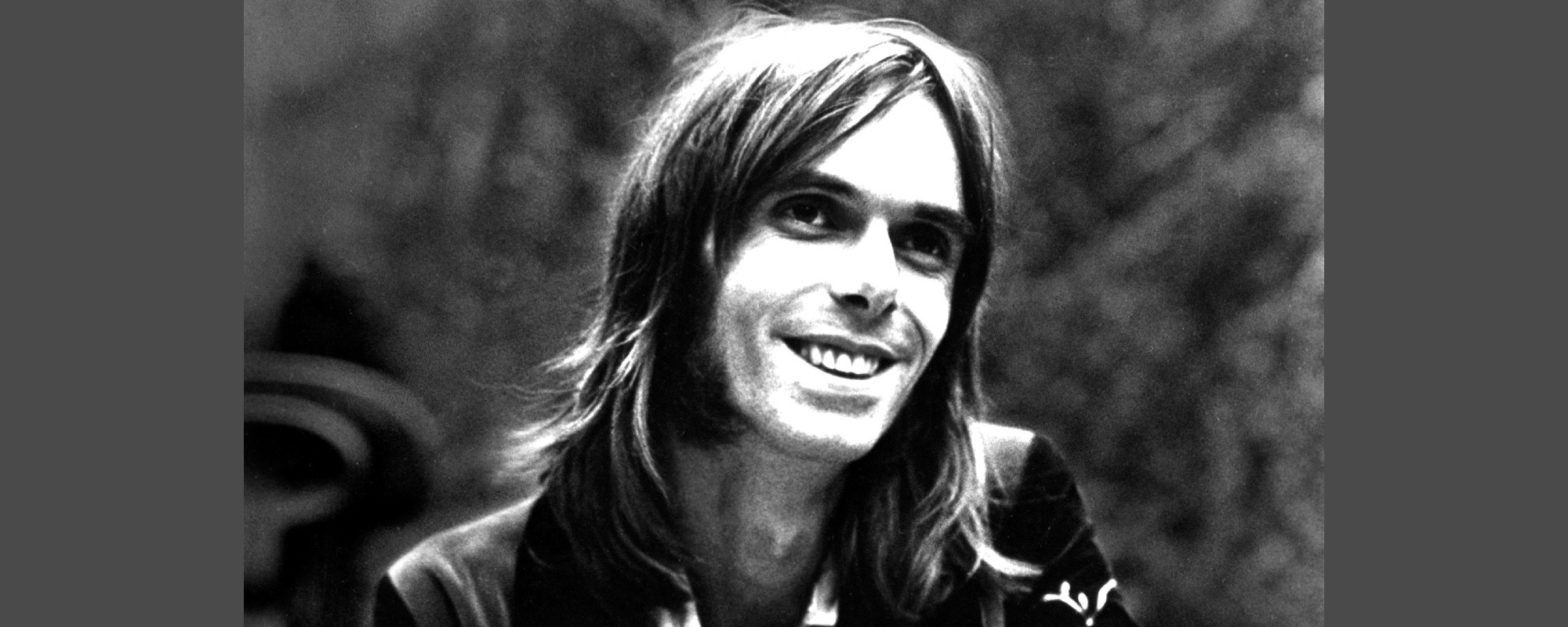
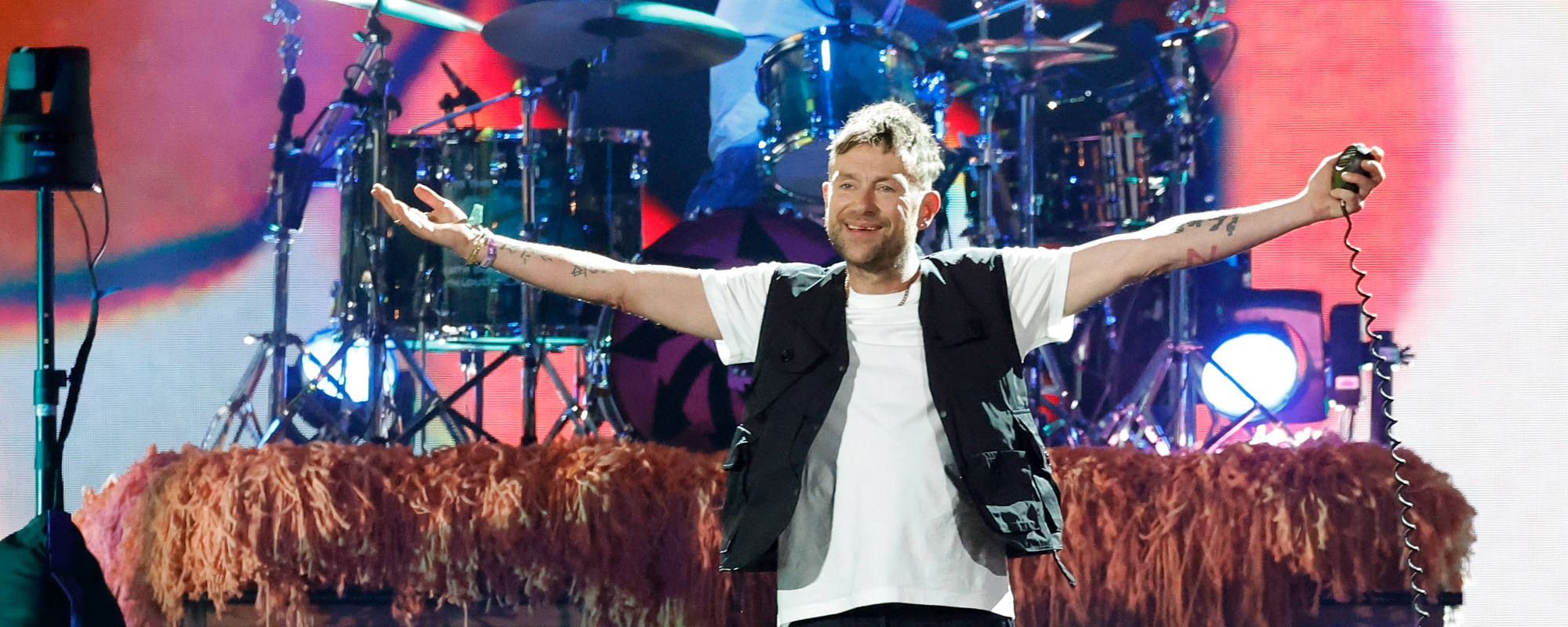
Leave a Reply
Only members can comment. Become a member. Already a member? Log in.